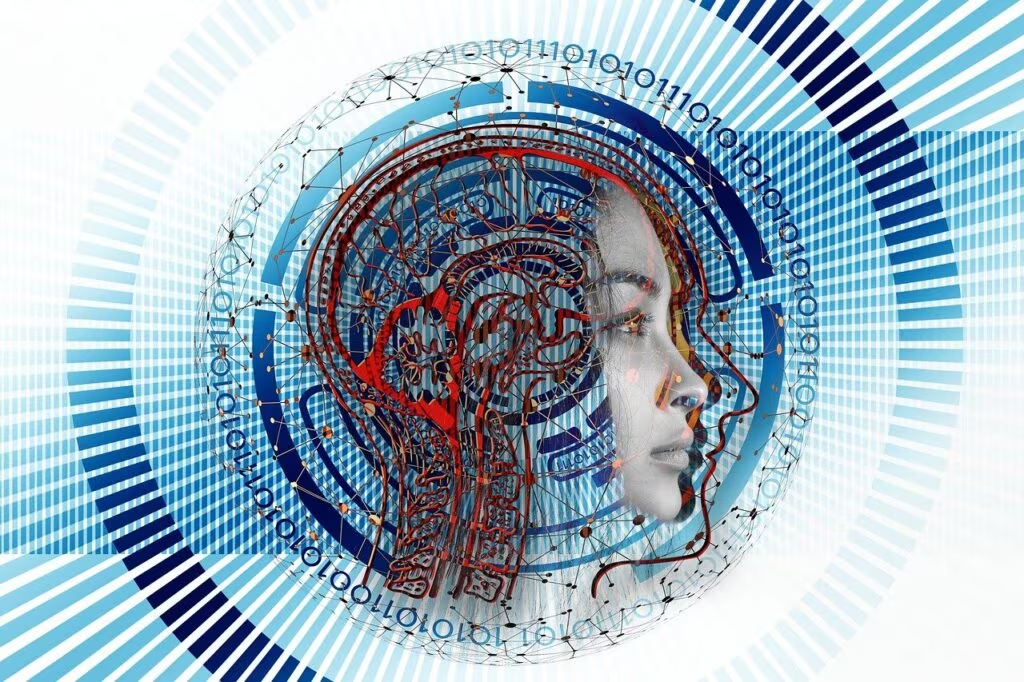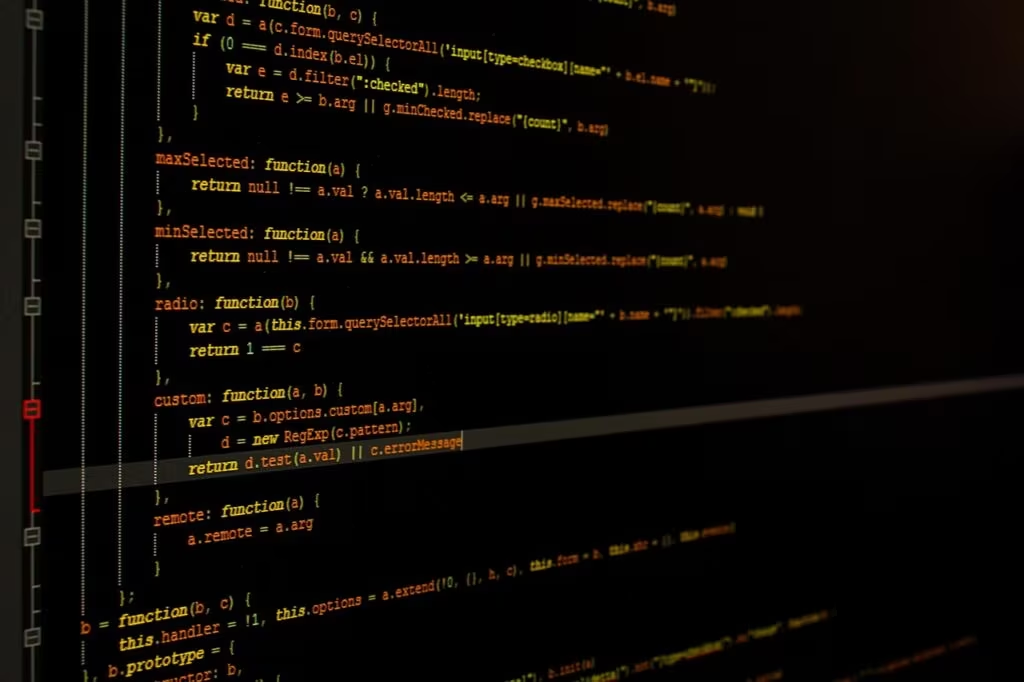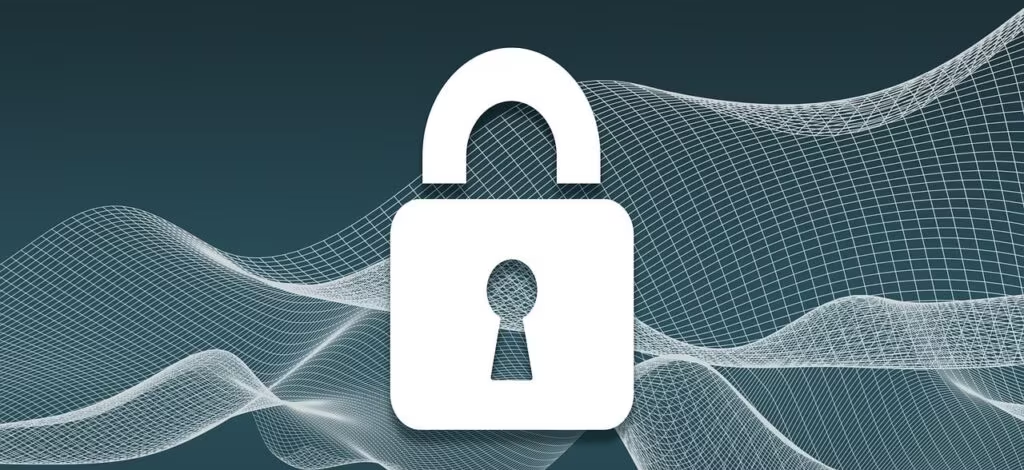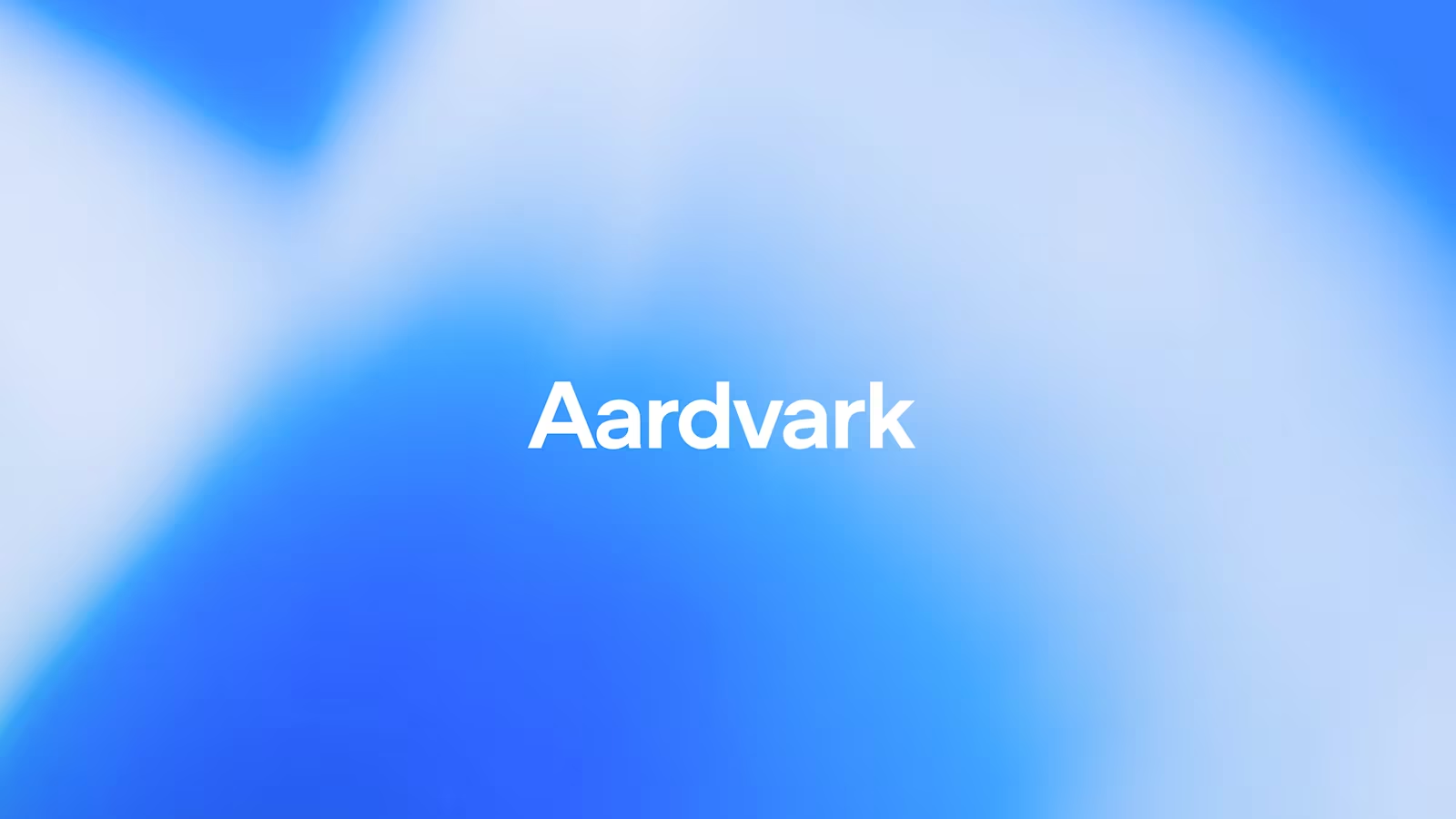The Dawn of Agentic Cybersecurity: Introducing Aardvark
OpenAI has officially introduced Aardvark, a groundbreaking new tool designed to tackle the escalating crisis in software security. Powered by the advanced capabilities of GPT-5, Aardvark is described as an agentic security researcher—a significant evolution from traditional automated tools, capable of autonomously searching for, identifying, and reporting vulnerabilities in complex software systems.
This development marks a critical inflection point in cybersecurity, leveraging the sophisticated reasoning and planning abilities of large language models (LLMs) to dramatically accelerate the vulnerability discovery process. The goal is clear: to make the global digital ecosystem safer by automating the tedious, yet critical, work of finding flaws before malicious actors do.

Understanding the Agentic Advantage
The term “agentic” is key to understanding Aardvark’s capabilities. Unlike conventional static analysis tools that follow pre-defined rules, an agentic system can initiate, plan, and execute complex, multi-step tasks toward a high-level goal without constant human intervention. For Aardvark, this means:
- Autonomous Exploration: It can navigate large codebases, understand the context of different modules, and formulate hypotheses about potential weaknesses.
- Reasoning and Planning: Leveraging GPT-5’s enhanced reasoning, Aardvark can devise sophisticated attack paths, similar to a human penetration tester, to confirm a vulnerability’s existence and exploitability.
- Detailed Reporting: Once a flaw is found, the agent generates comprehensive reports detailing the vulnerability, the steps to reproduce it, and often, suggestions for remediation.
This ability to operate autonomously and reason about code functionality is what sets Aardvark apart, transforming the role of AI from a simple helper into a proactive, independent researcher.
Why the Need for Automation is Urgent
The sheer volume and complexity of modern software have outpaced human capacity for manual auditing. Each year, tens of thousands of new software vulnerabilities are reported, creating a massive backlog for security teams globally. This constant influx of flaws makes the digital landscape inherently fragile.
OpenAI’s deployment of Aardvark aims to address this scale problem directly, offering a tool that can operate 24/7, processing code at speeds impossible for human teams. By accelerating the time between vulnerability creation and patch deployment, Aardvark can significantly reduce the window of opportunity for zero-day exploits.
The Role of GPT-5 in Security Research
Aardvark’s power is fundamentally rooted in the GPT-5 architecture. The model provides the necessary foundation for complex cognitive tasks required in security auditing:
- Deep Code Understanding: GPT-5 can grasp the semantic meaning and intent behind code, not just the syntax, allowing it to identify logical flaws that often evade simpler pattern-matching tools.
- Contextual Awareness: It maintains context across vast files and functions, crucial for tracing data flow and identifying vulnerabilities that span multiple parts of a program.
- Natural Language Interaction: While operating autonomously, Aardvark can communicate its findings and reasoning in clear, natural language, making the output immediately actionable for human developers and security teams.

Ethical Deployment and Dual-Use Concerns
The introduction of a powerful, autonomous security agent like Aardvark inevitably raises critical questions regarding responsible deployment and the potential for misuse. Any tool capable of finding vulnerabilities can, in the wrong hands, be used to exploit them.
OpenAI has emphasized that Aardvark is being deployed under strict safety protocols, focusing initially on finding flaws in open-source projects and internal systems. Key safety measures include:
- Defensive Focus: Aardvark is designed and constrained to prioritize defensive research—identifying flaws for patching, not generating exploits.
- Access Control: Strict limitations on who can access and direct the agent, ensuring its use remains within trusted security research environments.
- Red Teaming: Continuous testing of Aardvark’s own safety guardrails to prevent it from being steered toward malicious purposes.
This careful approach is essential, as the proliferation of highly capable agentic AI tools necessitates a proactive stance on dual-use risk management. The industry must ensure that the benefits of accelerated defense outweigh the risks posed by potential offensive applications.
Industry Impact and Future Outlook
Aardvark is poised to significantly reshape the cybersecurity landscape, moving the industry toward a more proactive, automated defense posture. Its success could lead to several major shifts:
- Faster Patch Cycles: Organizations utilizing Aardvark could drastically reduce the time their software is exposed to known vulnerabilities.
- Shift in Human Roles: Security researchers will likely transition from manual, repetitive auditing tasks to higher-level strategic roles, focusing on validating AI findings, developing complex threat models, and managing the AI agents themselves.
- Democratization of Security: Smaller organizations that lack extensive internal security teams may gain access to world-class auditing capabilities through agentic tools.
This technology represents a major step in the integration of advanced AI into critical infrastructure defense. As agentic models become more sophisticated, they will likely become standard components in every organization’s security stack, fundamentally changing how software assurance is achieved.

Key Takeaways
OpenAI’s Aardvark is not just another security scanner; it is an autonomous agent designed to revolutionize vulnerability research. Here are the essential points:
- What it is: An agentic security researcher developed by OpenAI.
- Core Technology: Powered by the advanced reasoning capabilities of GPT-5.
- Primary Function: Autonomously searches, identifies, and reports software vulnerabilities, mimicking the complex planning of a human researcher.
- Industry Impact: Expected to significantly accelerate vulnerability discovery and patching, addressing the massive scale of annual software flaws.
- Safety Focus: Deployment is governed by strict protocols to mitigate dual-use risks and ensure the tool is used exclusively for defensive purposes.
Conclusion
Aardvark represents a powerful commitment to leveraging frontier AI for global safety. By automating the most challenging aspects of code auditing, OpenAI is providing a crucial tool to combat the ever-increasing complexity of software security. The success of this agentic approach will likely define the next generation of cybersecurity defense, shifting the balance of power toward defenders who can now operate at the speed and scale of advanced artificial intelligence.
Originally published: October 30, 2025
Editorial note: Our team reviewed and enhanced this coverage with AI-assisted tools and human editing to add helpful context while preserving verified facts and quotations from the original source.
We encourage you to consult the publisher above for the complete report and to reach out if you spot inaccuracies or compliance concerns.

